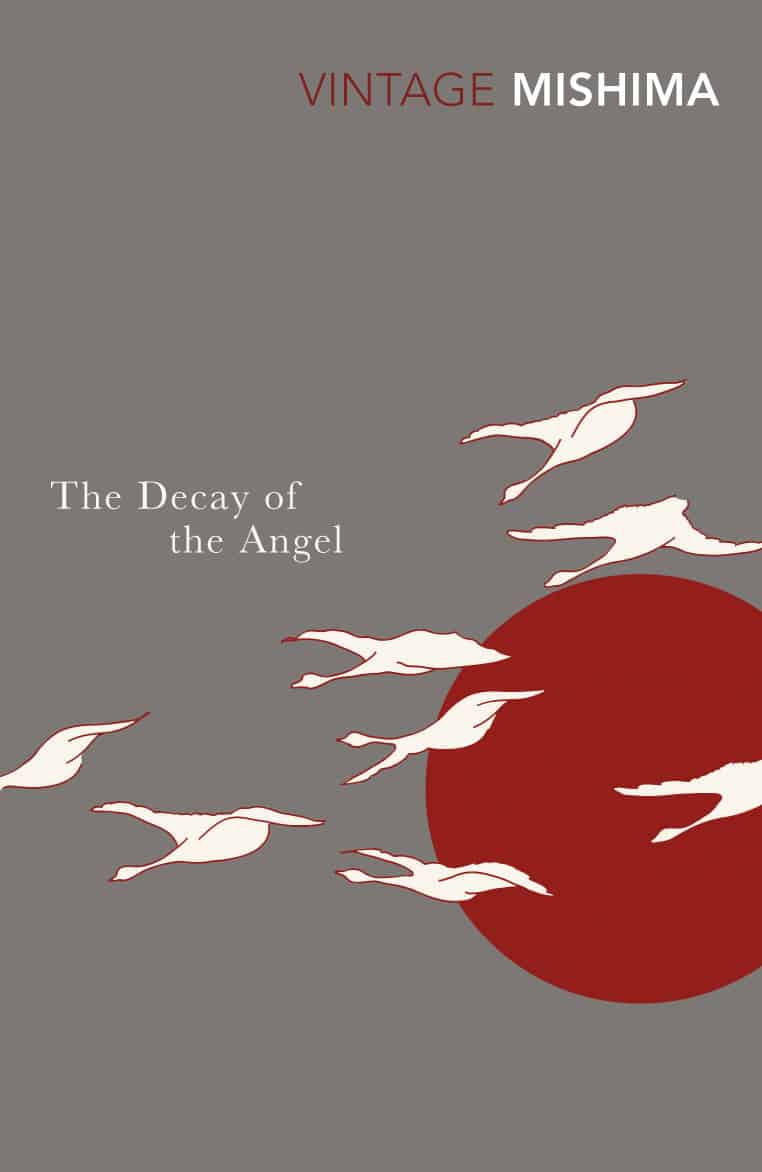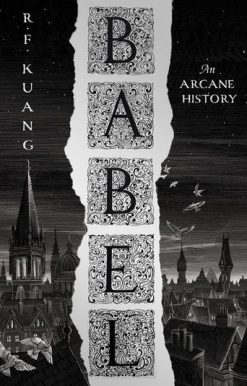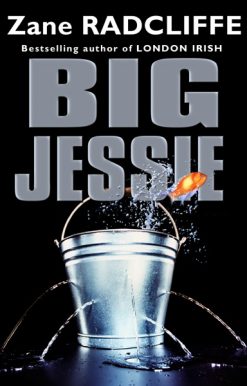The Decay of the Angel
| by |
|---|
9.99 JOD
Please allow 2 – 5 weeks for delivery of this item
Description
The dramatic climax of The Sea of Fertility tetraology takes place in the late 1960s. Honda, now an aged and wealthy man, discovers and adopts a sixteen-year-old orphan, Toru, as his heir, identifying him with the tragic protagonists of the three previous novels, each of whom died at the age of twenty. Honda raises and educates the boy, yet watches him, waiting.
Additional information
| Weight | 0.183 kg |
|---|---|
| Dimensions | 1.5 × 12.9 × 19.8 cm |
| by | |
| Format | Paperback |
| Language | |
| Pages | 256 |
| Publisher | |
| Year Published | 2001-2-1 |
| Imprint | |
| Publication City/Country | London, United Kingdom |
| ISBN 10 | 009928457X |
| About The Author | Yukio Mishima was born into a samurai family and imbued with the code of complete control over mind and body, and loyalty to the Emperor – the same code that produced the austerity and self-sacrifice of Zen. He wrote countless stories and thirty-three plays, in some of which he performed. Several films have been made from his novels, including The Sound of Waves, Enjo which was based on The Temple of the Golden Pavilion and The Sailor Who Fell From Grace with the Sea. Among his other works are the novels Confessions of a Mask and Thirst for Love and the short story collections Death in Midsummer and Acts of Worship. The Sea of Fertility tetralogy, however, is his masterpiece. After Mishima conceived the idea of The Sea of Fertility in 1964, he frequently said he would die when it was completed. On 25 November 1970, the day he completed The Decay of the Angel, the last novel of the cycle, Mishima committed seppuku (ritual suicide) at the age of forty-five.The Sea of Fertility tetralogy, however, is his masterpiece. After Mishima conceived the idea of The Sea of Fertility in 1964, he frequently said he would die when it was completed. On November 25th, 1970, the day he completed The Decay of the Angel, the last novel of the cycle, Mishima committed seppuku (ritual suicide) at the age of 45. |
A major literary creation |
|
| Other text | This tetralogy is considered one of Yukio Mishima's greatest works. It could also be considered a catalogue of Mishima's obsessions with death, sexuality and the samurai ethic. Spanning much of the 20th century, the tetralogy begins in 1912 when Shigekuni Honda is a young man and ends in the 1960s with Honda old and unable to distinguish reality from illusion. En route, the books chronicle the changes in Japan that meant the devaluation of the samurai tradition and the waning of the aristocracy |
Only logged in customers who have purchased this product may leave a review.
Related products
-
On backorder 2-5 Weeks to Arrive
-
On backorder 2-5 Weeks to Arrive
9.99 JOD -
On backorder 2-5 Weeks to Arrive
13.00 JOD -
On backorder 2-5 Weeks to Arrive
15.99 JOD






Reviews
There are no reviews yet.